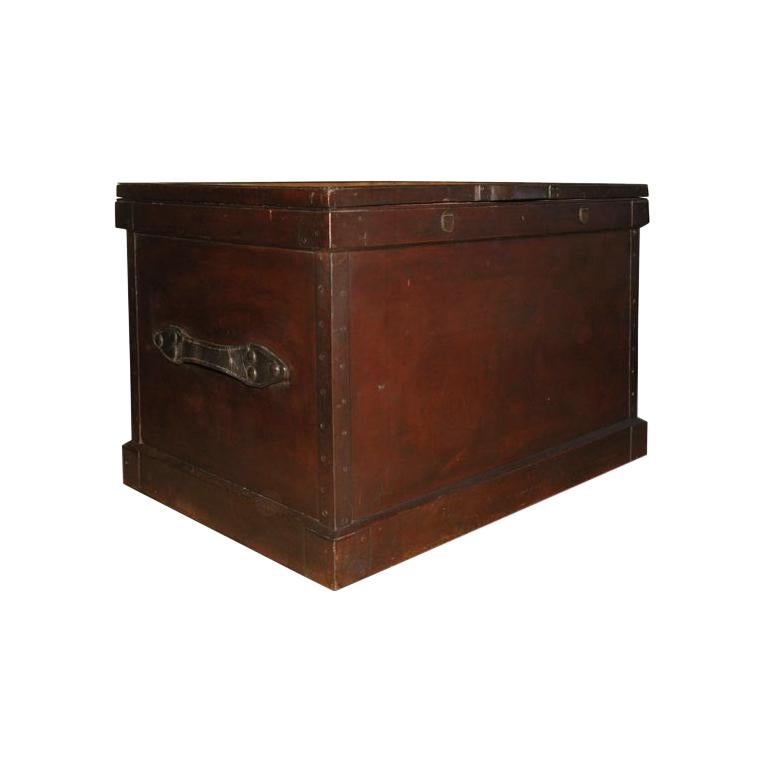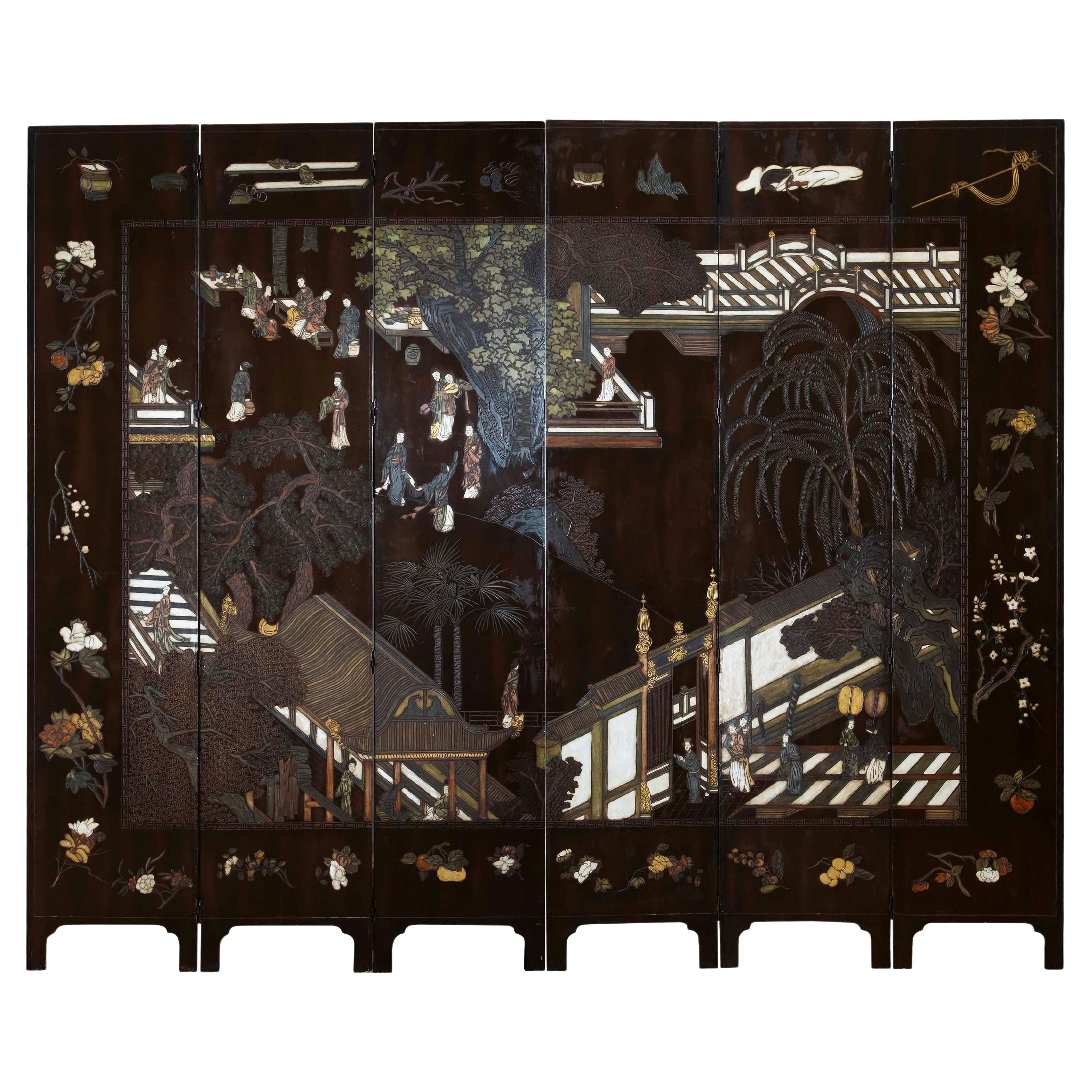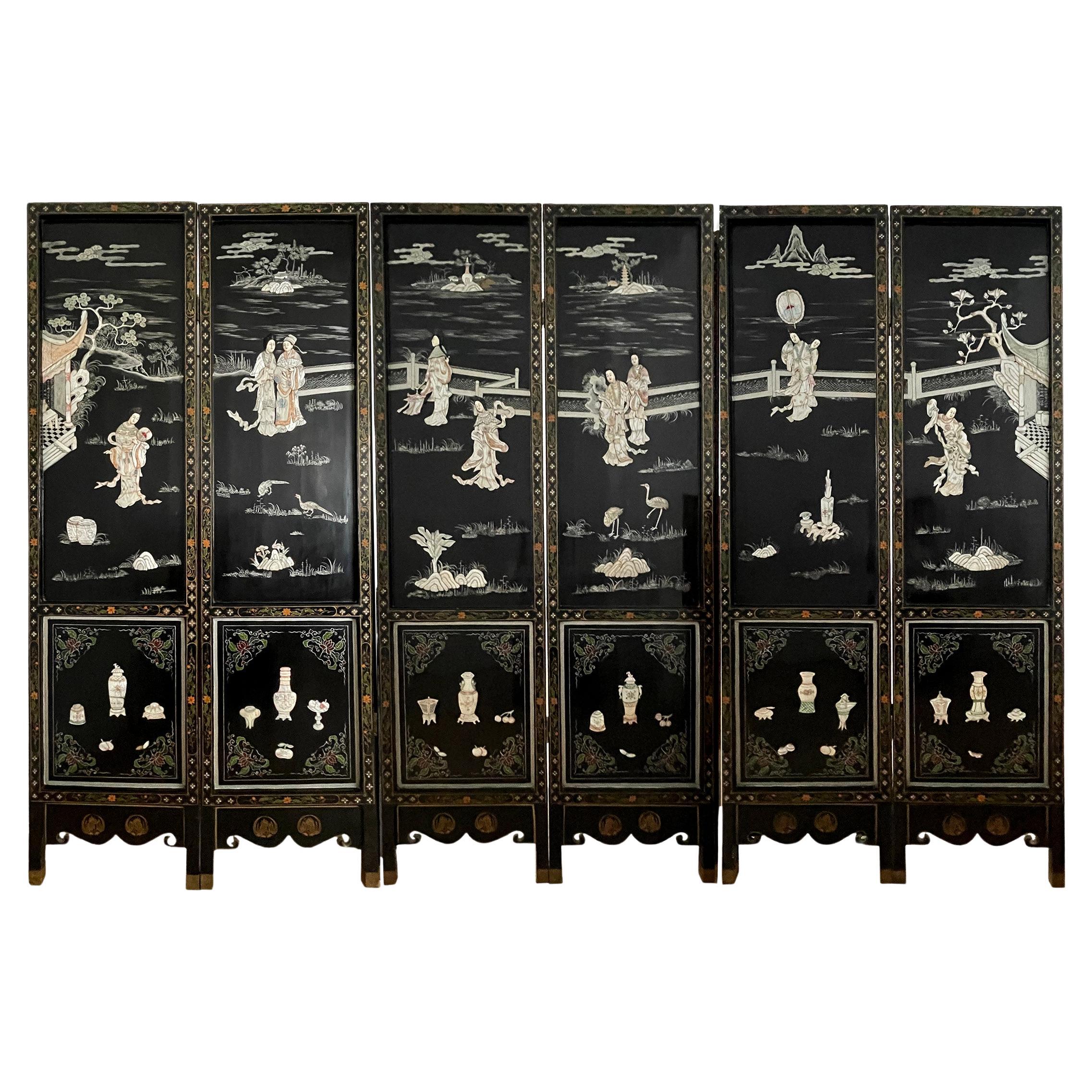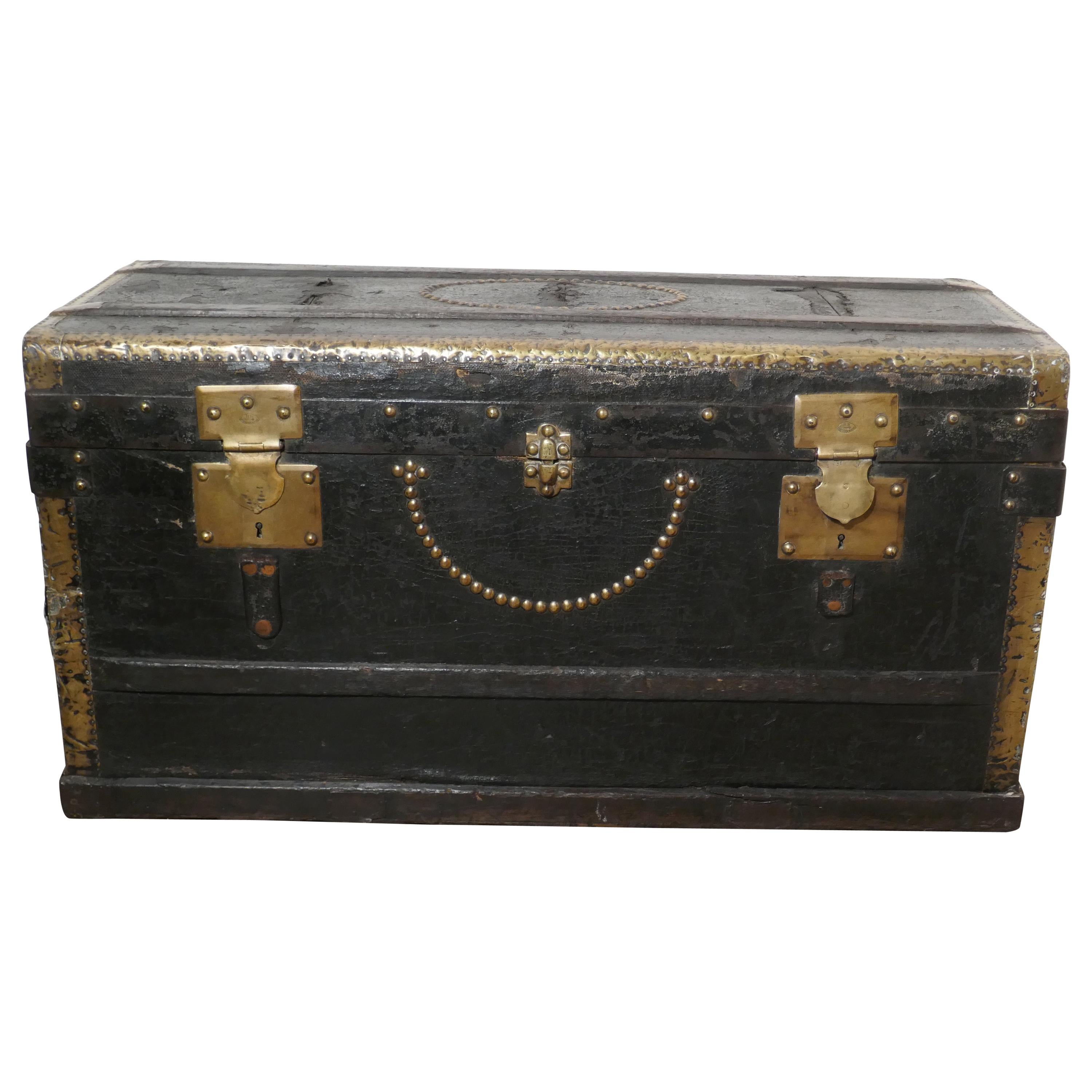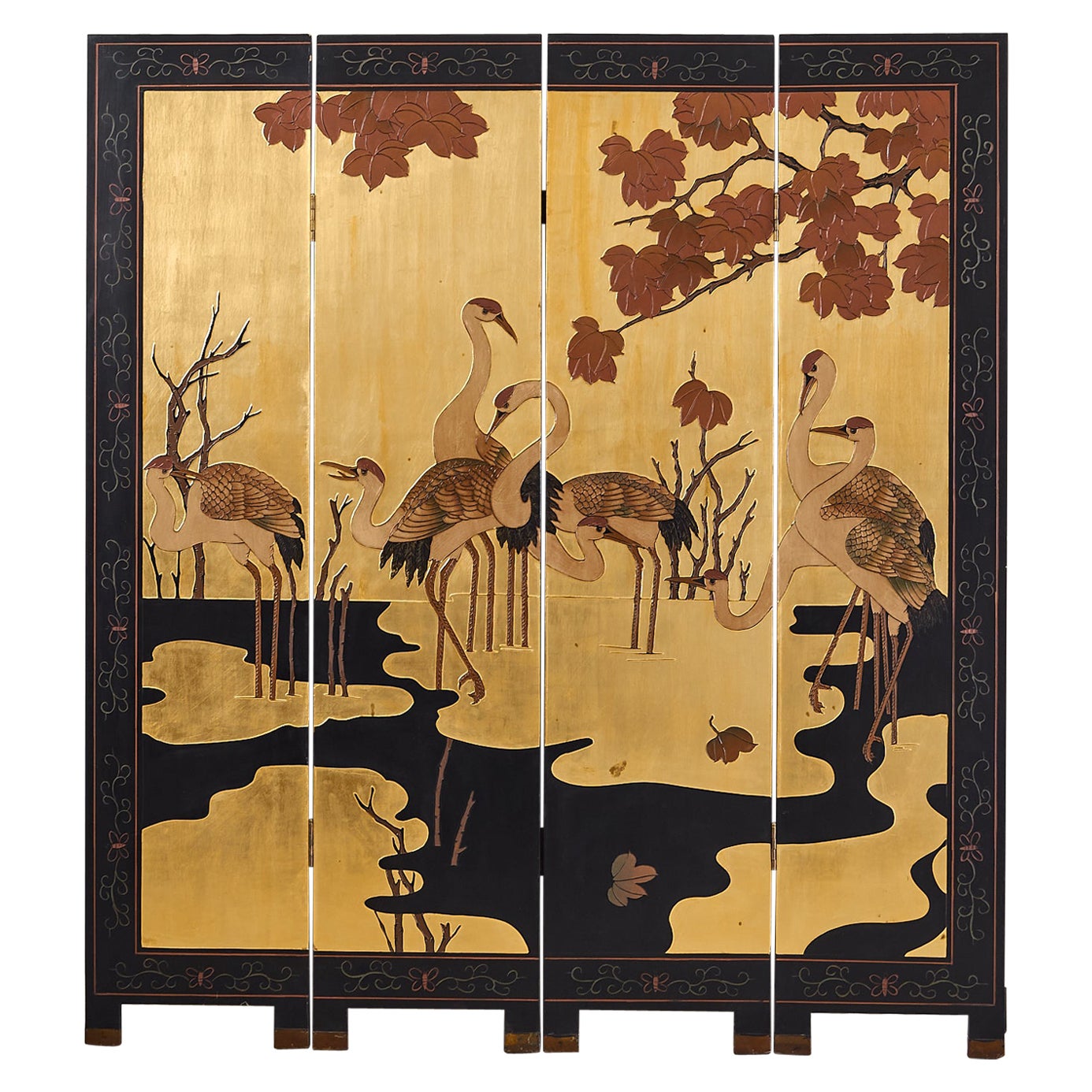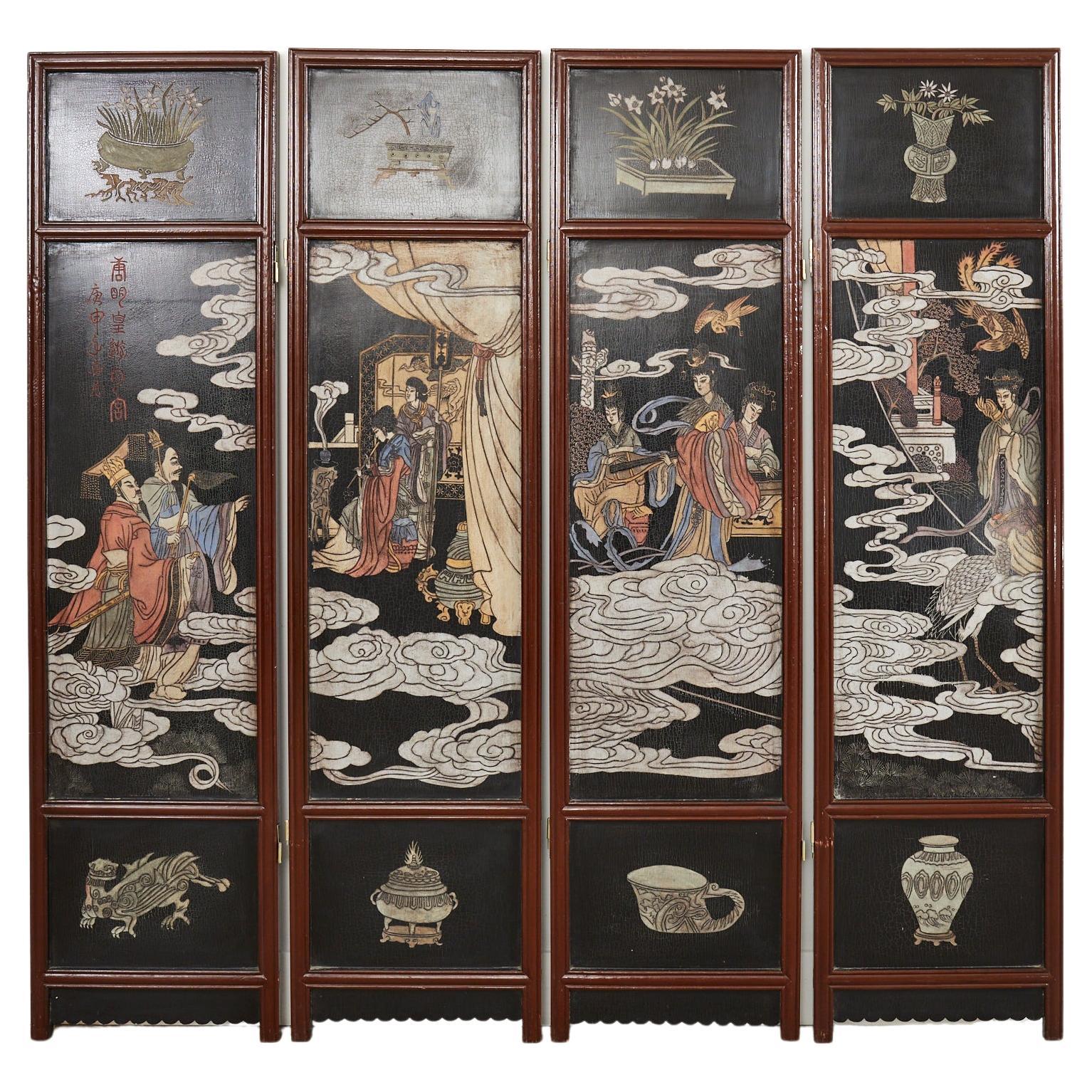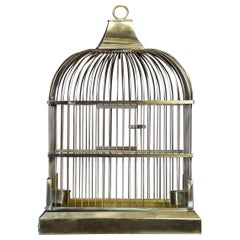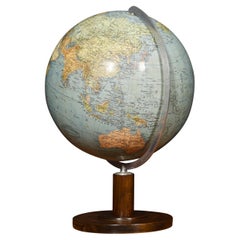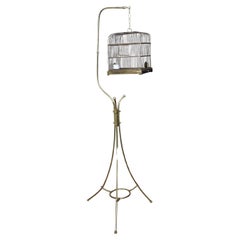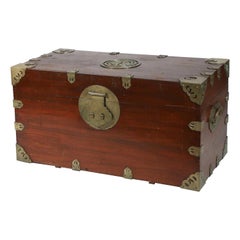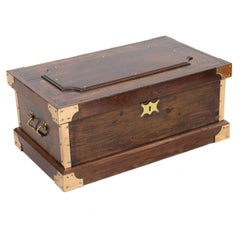
Large Chinese Export Brass-Bound Camphorwood Chest
View Similar Items
Want more images or videos?
Request additional images or videos from the seller
1 of 7
Large Chinese Export Brass-Bound Camphorwood Chest
About the Item
- Dimensions:Height: 20.5 in (52.07 cm)Width: 42 in (106.68 cm)Depth: 20 in (50.8 cm)
- Style:Chinese Export (Of the Period)
- Place of Origin:
- Period:
- Date of Manufacture:circa 1890
- Condition:
- Seller Location:Cheshire, GB
- Reference Number:1stDibs: LU94765661483
About the Seller
5.0
Platinum Seller
These expertly vetted sellers are 1stDibs' most experienced sellers and are rated highest by our customers.
Established in 1980
1stDibs seller since 2012
381 sales on 1stDibs
Typical response time: 1 hour
Associations
LAPADA - The Association of Arts & Antiques DealersInternational Confederation of Art and Antique Dealers' Associations
More From This SellerView All
- Large brass birdcageLocated in Cheshire, GB19th-century birdcage of rectangular form, having brass wirework top with original feeders and solid brass base. Dimensions Height 27.5 Inches Width 19 Inches Depth 14 InchesCategory
Early 20th Century British Bird Cages
MaterialsBrass
$1,844 - Large Columbus Terrestrial GlobeLocated in Cheshire, GBColumbus terrestrial globe raised up on circular base. Dimensions Height 19.5 Inches Width 14.5 Inches Depth 14.5 Inches.Category
Mid-20th Century British Globes
MaterialsOak
- Art Nouveau brass hanging bird cageLocated in Cheshire, GBArt Nouveau brass hanging bird cage, the brass wirework top on an octagonal base with a single drawer and original feeder. Supported on brass splayed base. Dimensions Height 69.5 Inc...Category
Antique Late 19th Century British Bird Cages
MaterialsBrass
- Brass bound barrel stick standLocated in Cheshire, GBRegency style oak and brass bound circular stick stand, with lions mask handles, on a shaped base, having an original metal liner. Dimensions Height 25 Inc...Category
Antique Late 19th Century British Umbrella Stands
MaterialsOak
- Brass bound camphor wood boxLocated in Cheshire, GBCamphor wood brass bound campaign box, the rectangular top with brass banding opens to reveal a large storage area with a lidded compartment. To the front with similar banding and br...Category
Antique Late 19th Century British Blanket Chests
MaterialsWood
- Chinese Camphor Wood Secrétaire Campaign ChestLocated in Cheshire, GB19th century Chinese camphor wood secrétaire Campaign chest in two sections, the secrétaire frieze drawer with fall-front writing surface and vari...Category
Antique 19th Century Chinese Chinese Export Commodes and Chests of Drawers
MaterialsWood
You May Also Like
- 19th Century Brass-Bound Camphorwood ChestLocated in New York, NYThis antique camphorwood chest is a Classic. Hand-crafted in China in the late 19th century, the chest is brass-bound on the corners and edge...Category
Antique Late 19th Century Chinese Blanket Chests
MaterialsBrass
- Chinese Camphor Wood Sailor's Large Brass-Bound Sea or Campaign Chest & LockLocated in Downingtown, PAChinese Export Sailor's Large Brass-bound Camphor Wood Sea or Campaign Chest, Mid-19th Century. A large rectangular dramatic campaign or sailor's trunk lined with Camphor wood and with interior inset drawer, the exterior with brass corners and clasp. There is the original Chinese lock...Category
Antique Mid-19th Century Chinese Chinese Export Trunks and Luggage
MaterialsWood
- Brass Bound Sea ChestLocated in Wilson, NCBrass bound sea chest has the original brass carrying handles. The camphor wood top has an attached quatrefoil molded camphor panel, the rest of the chest is...Category
Antique 1830s European Trunks and Luggage
MaterialsBrass
$1,600 - 1860s English Large Painted Camphorwood Silver Chest with Leather HandlesLocated in Los Angeles, CALarge camphorwood silver chest from late 19th-century England. Stained to a deep, rich, mahogany shade, and featuring leather handles and studded iron siding, the chest has a sturdy,...Category
Antique 19th Century English Sheffield and Silverplate
MaterialsWood
- Large Antique Coromandel or Kuancai Lacquer Screen Six Panel Chinese ExportLocated in Richmond, LondonA superbly decorative six-panel lacquered 'Coromandel' screen, exquisitely carved and hand-painted with oriental figures, flowers and exotic beasts on a dark brown background, in the traditional 17th century manner. China, Canton, Qing dynasty, late 19th – early 20th century. Why we like it We like its impressive proportions which make it perfect for a feature wall, and the exquisite quality of decoration. The subtlety of colours lends a 'soft' look to the piece. The central motif depicts a scene set in the gardens of a Han dynasty palace, while the outer borders are decorated with the “one hundred antiques” motif interspersed with floral arrangements. In this regard, the present screen not only conveys auspicious meanings but also demonstrate the owner’s fine scholarly taste. History The term 'Coromandel', which is used to describe this particular type of lacquer technique (kuancai), is rather misleading. In the 18th century it was used commercially to indicate the place from which these objects were shipped to England through the East India Companies, and had no reference to China, the place of their origin. Similarly, Chinese painted wallpaper was often called 'India paper' in historic documants. The kuancai lacquer technique, literally meaning “cut out colour” and found almost exclusively on screens, emerged in the 16th century to serve the domestic market. The iconographic elements were carved through the built-up coats of dark lacquer and filled with pigments and gold. Seventeenth century examples usually consisted of twelve panels, and were often employed in entrance halls or as room dividers or windscreens for gardens and terraces. They were often commissioned as gifts and depicted court scenes, episodes from the world of the immortals, panoramic or landscape views and auspicious symbols. This type of lacquerware was flourishing during the reign of the Kangxi emperor (1662-1722) and saw a revival in the 19th century. Stylistically the present screen may be compared with the twelve-panel lacquer screen from the Kangxi period in the Victoria and Albert Museum illustrated by W. De Kesel and G. Dhont in Coromandel Lacquer Screens, ill. 23, pps 36-37. Such luxurious items were popular in England during the height of fashion for oriental exoticism, called chinoiserie in Europe. In the 20th century, Coromandel screens still remained a staple in the European interior design. Coco Chanel had a collection of 32 rare Coromandel screens, which she proudly displayed in her home at 31 Rue Cambom, Paris. She one...Category
Early 20th Century Chinese Chinese Export Screens and Room Dividers
MaterialsWood, Lacquer
$6,090 Sale Price40% Off - Chinese Export Six Panels Lacquered ScreenLocated in Madrid, ESChinese screen for export with 6 panels decorated on both sides. The front side with various scenes of daily palatial life with relief figures, buildings and landscapes made of pain...Category
Early 20th Century Chinese Chinese Export Screens and Room Dividers
MaterialsBrass



